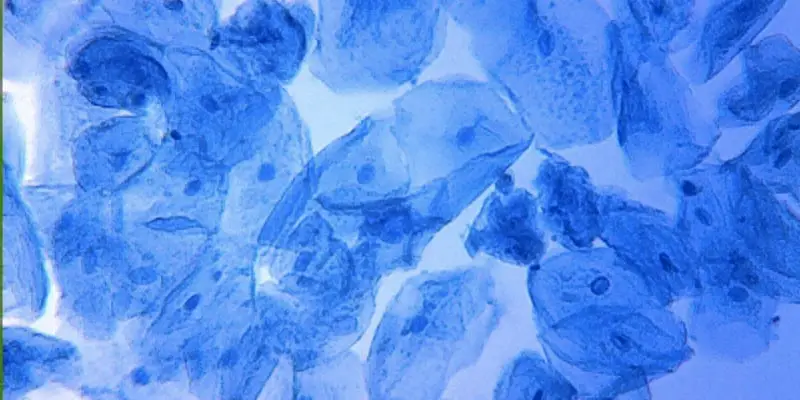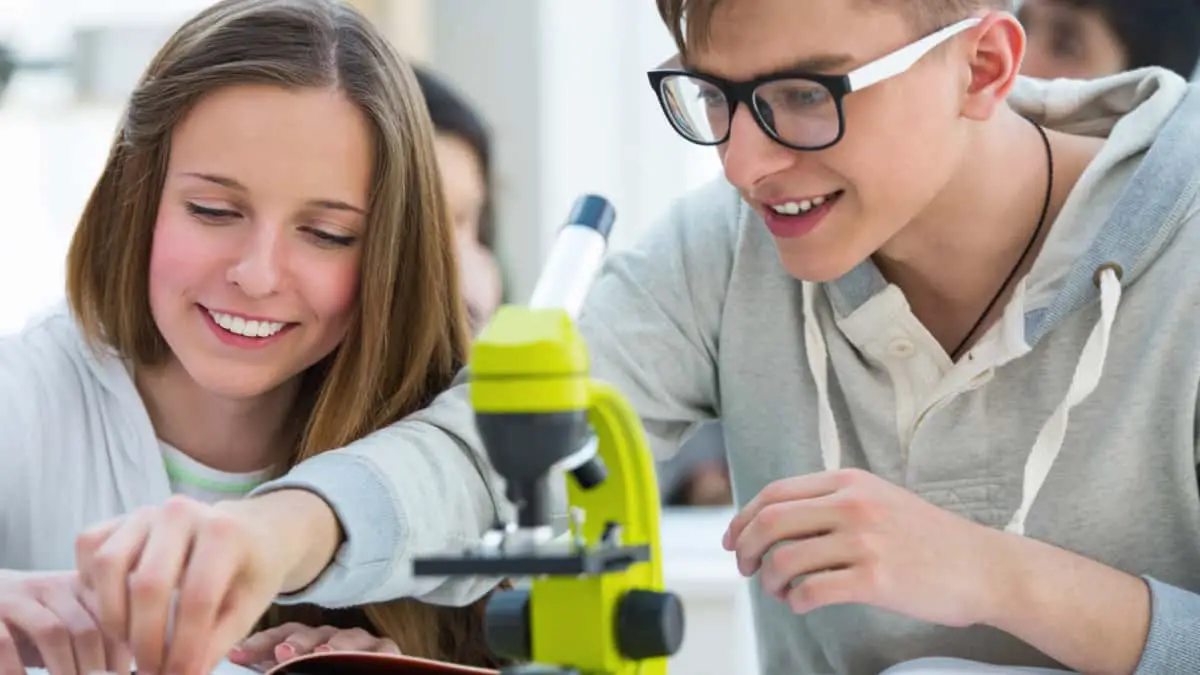Awesome STEM Projects for High School Biology (From 30 min to 2 Weeks!)
When choosing a STEM activity for your high school Biology students, it can be a fine line between fun and corny. You’ll want to ensure you are meeting NGSS standards, but you also want your students to be engaged, informed, and most importantly, to have fun.
To help you achieve this goal, we have pulled together some ideas for STEM projects for high school biology that we have used with students that were a success – organized by how much time you may be trying to fill.
Related post: Biology Science Fair Projects for 10th Grade
Here’s how you can get your students engaged in Biology while meeting the goals of your curriculum and NGSS.
I Only Have 30 Minutes for the STEM Project!
If you only have 30 minutes for an activity, you’ll want that activity to really “wow” your students. So how about making it a hands-on lab with minimal setup or cleanup?
Our favorite is a Genetics activity that students really go crazy over where they discover what a SuperTaster is, and whether or not they carry the SuperTaster Gene. This activity leads to discussions about the Survival of the Fittest, Punnett Squares, and family pedigrees.
Here’s how it’s done: Students are given 4 small paper tabs (one at a time) containing either Control, PTC, Sodium Benzoate, and Thiourea. Each student should keep track of what each tastes like on a chart, as well as how it tastes for the entire class. Some students may find the paper’s taste strong (very bitter!) or like nothing at all. Hilarity ensues in the Genetics lab. You can purchase your own SuperTaster Genetics Lab Kit and have fun with Genetics!
I Have 3 Days for the Biology Project
If you have three days to run your Biology project, we’ve found it’s best to start telling a story that carries students from day to day and gets them excited about what could happen tomorrow.
What’s more exciting than a mystery? By teaching students about Forensics, methods in Forensic Science such as Fingerprinting (fingerprint your students!), DNA, and PCR, your students will discover how scientists use Forensics in the real world.
On Day 2, have your students figure out what type of fingerprints they all have, and make a class chart (this is important for Day 3). They should also learn how to read DNA Electrophoresis Bands, and practice with a worksheet.
On Day 3, before class, you will need to contact one of your students ahead of time (in each class) and ask them to help you by providing clues for a mystery. Tell them that they have been chosen to be the “guilty” student, but they can’t give it away no matter what. They will provide you with:
- Their fingerprint type – you can either take actual samples of their fingerprint or a fake printout of their type of fingerprint
- Shoe print or shoe tracing on paper
- Strand of their hair taped to paper
Strategically place each of the clues around the room and before the students come in, remove something obvious from the room like the flag and the like. In our class, we removed a beloved taxidermied duck.
Tell the students that one of their classmates is suspected to have stolen this item, but you need their help to figure out who. See if they can find the clues and guess who the guilty person is. They will need to compare the fingerprint to their class list to narrow it down, compare the hair sample to others in the class under a microscope, and look at the shoe print compared to all of the shoes students are wearing.
I’ve also had a surprise DNA sample as a tie-breaker to throw into the mix that lists multiple students in the class and they need to compare it to the known sample at the scene. In the past, students have really gotten into this, and have even turned the activity into a full-court trial with expert witnesses.
Have fun with it – the kids might surprise you!
Ooh, I Have a 4th Day for my STEM Project in High School Biology!
Awesome, you are in for a treat!
You and your students should take what you started with Forensics a step farther and extract DNA from your own human cheek cells. The process for this can be a little tricky and the experiment is a little finicky, but when it works, it’ll be AMAZING!

We’ve done this with mixed results and can attest that when they say your Ethanol needs to be cold, they aren’t kidding. It needs to be on ice the whole time! Also, you know your students. If you have students who aren’t the best at following directions exactly, then the strawberry or banana DNA extraction might be for you since they are a little more forgiving.
Think of the awe and admiration your students will have for you when you show them their DNA. Go for it, you amazing science wizard!
I Have 2 Weeks for this High School Biology Project!
The best way that we’ve seen to get students to really remember content, is by making a movie about it. Not just any movie, but a stop motion animation video. Using iMovie, it’s really easy to make these, so hopefully, your students have iPads or iPhones.
If you haven’t made a stop motion animation video in iMovie before, there are lots of tutorials out there. But the basics are to make sure in iMovie after you drop your photos, get rid of Ken Burns Effect on all images, delete fade between pictures, and shorten all of the transitions in between pictures to the shortest time possible by selecting and dragging smaller.
If you can’t figure it out, don’t worry, your students will teach you. With our students, we’ve made stop motion videos on topics ranging from Protein Synthesis to Mitosis.
Frequently Asked Questions
Where can I get materials for these STEM activities?
That varies depending on the activity. It also depends on where your school orders supplies for science. Carolina Biological Supply, Fisher Scientific, and even Amazon all have great Biology supplies at good prices.
These STEM activities are awesome! How can I find more like these?
There are so many amazing things to do out there. For more great resources, try going to SciStarter to find a Citizen Science project for your students. There are also some content-specific full curriculum resources such as this fantastic Climate Change Curriculum from Stanford University.
My school doesn’t have a lab or a very big budget. How can I do cool Biology projects without spending much money?
We’ve been there. In a deep ocean lesson, we have taught students about the decomposition of marine organisms on the seafloor by having them make a “slimy whale goo”. It was just cornstarch, water, and green food coloring, but they LOVED it. Doing any science, including Biology doesn’t have to cost a ton of money, it’s all about being creative. We have students draw… a lot. We also utilize full class projects, breaking up student tasks toward one goal which minimizes the total amount of needed materials!







